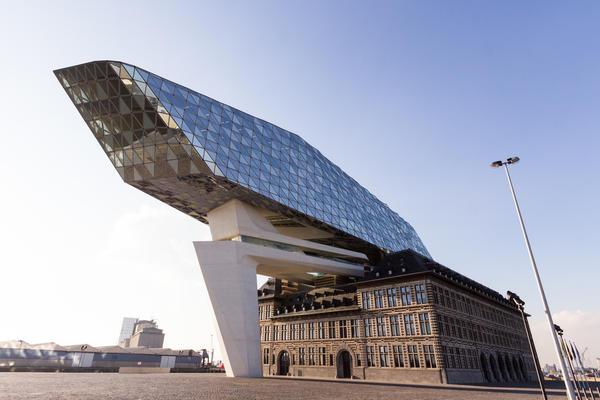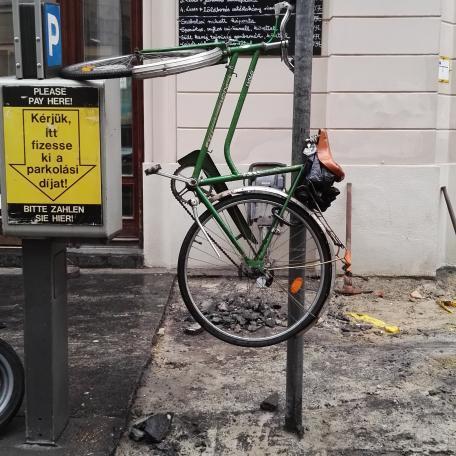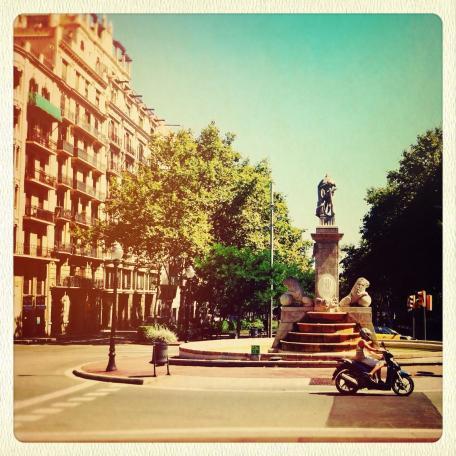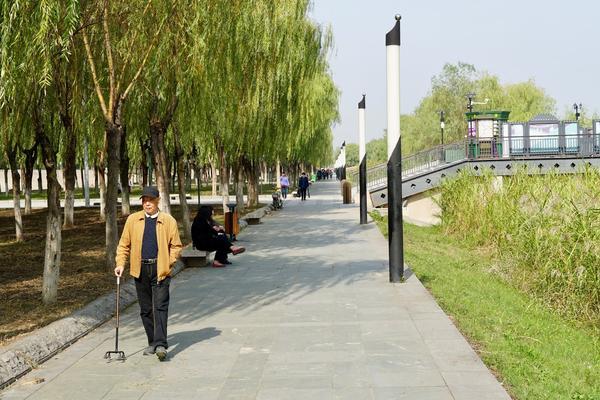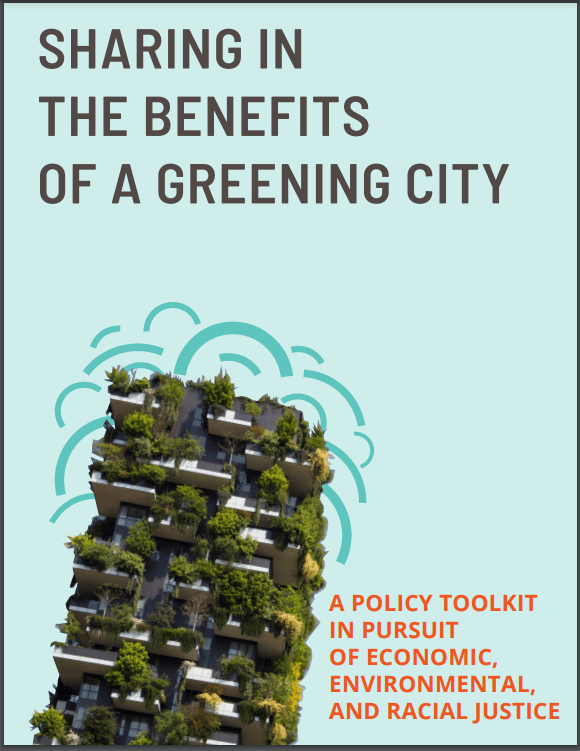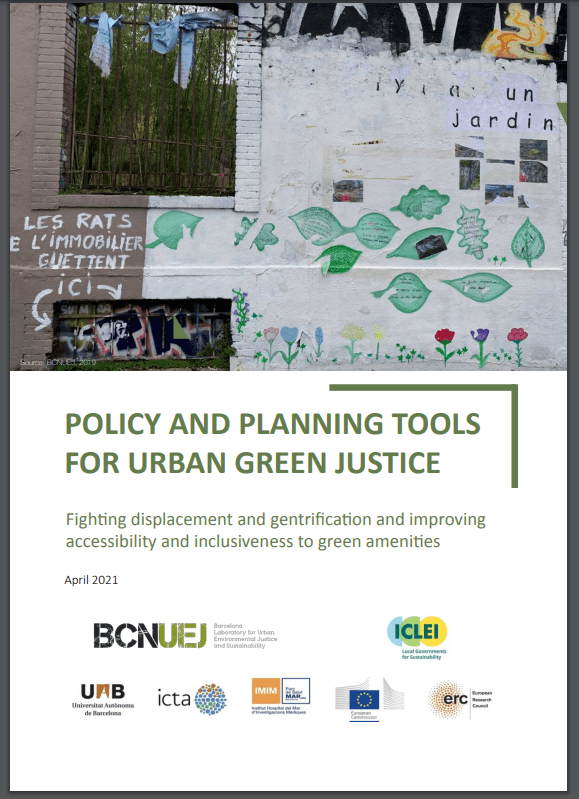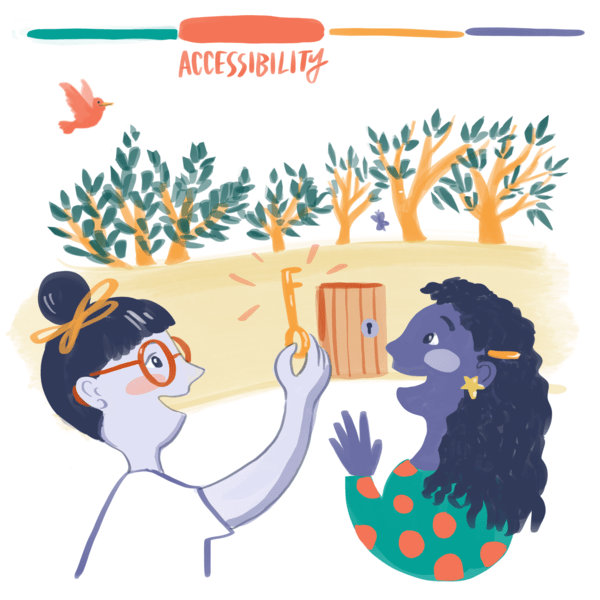
Green is for everyone
#Accessibility
Sustainable and just cities respond to the ecological crisis by developing greener infrastructure and services that are accessible to all urban dwellers. In these cities, a person’s disability, gender, class, race, age, ethnicity, sexuality, religion, to name just a few, are not barriers. Everyone has equal access to urban amenities, green infrastructure, mobility, job opportunities, housing, food and energy. Accessibility is not only a physical issue, such as access to public space, it is also an economic issue (e.g. affordability), a knowledge one (e.g. language used), a social one (e.g. homelessness) and a political one (e.g. transparency in decision-making).
Inspirational example
Policies for accessibility to green spaces, Lyon & Nantes
In the City of Lyon (France) a new policy was introduced in 2019 that establishes a minimum of green space in new development, seeking to encourage urban renovations, protect natural areas and enhance heritage and urban functions, while improving housing affordability.
This policy aimed to ensure greater accessibility to urban green spaces for residents, who (at the time) only had access (in terms of walkable distances, or convenient public transport) to 10% of the city’s relatively abundant available green space. While this policy recognizes the ample recreational, health, and biodiversity benefits of green, a lack of attention to accessibility could mean that these efforts focus on the development of higher (multi-storey) buildings, something that could make natural areas less accessible, enjoyable or welcoming than originally desired.
Another example is the greening strategy of Nantes (France), implemented since the 1980s and dedicating 6% of the city’s total budget to green space. The strategy favours an equality-driven approach that seeks to guarantee access to green space throughout the entire municipality: The plan aims for green spaces within 300 meters of the homes of Nantes’ residents. From 1984 to 2015, green spaces doubled, reaching 57 m2 of green space per capita for a total of 100 municipal parks. The city’s green space strategy combines small neighborhood parks, green corridors and large city-wide historic parks.
Avenues for action
You might be wondering, what everyday actions can I take to put all this theory into practice? Take a look at the avenues for action, below, for some practical guidance.

